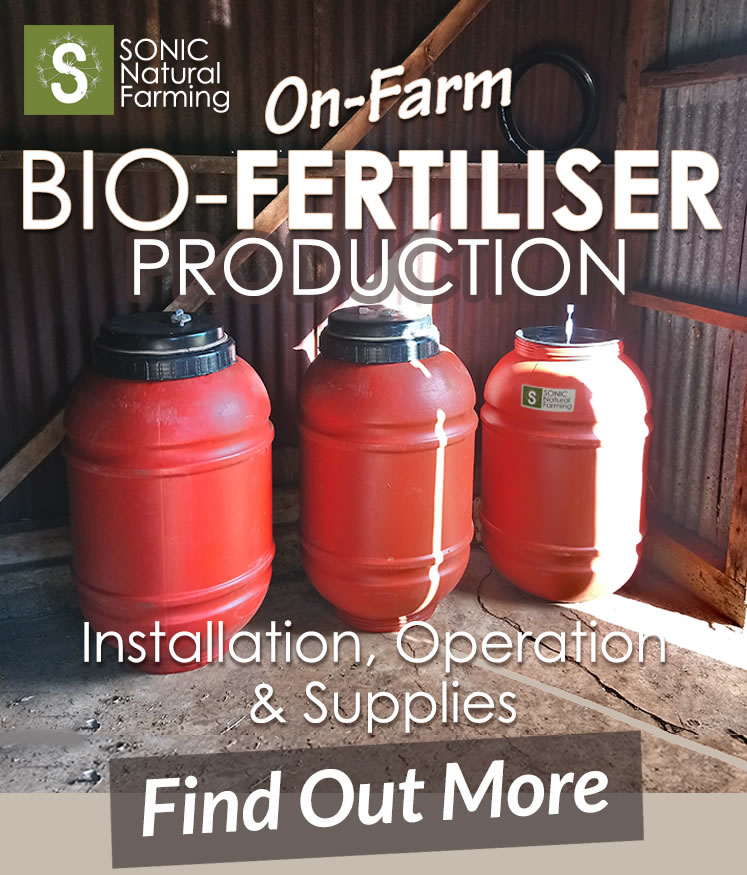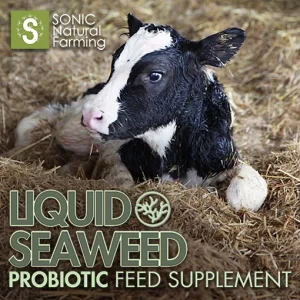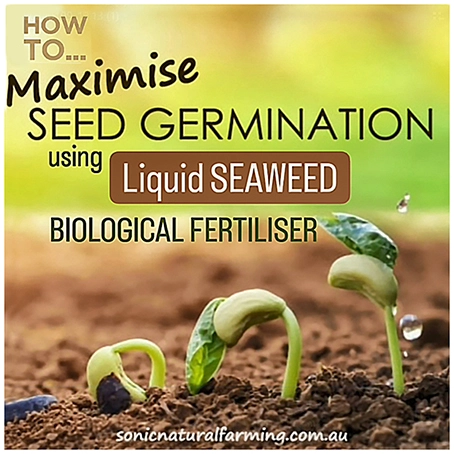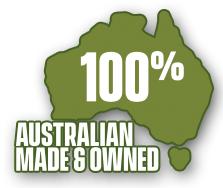Nutrient-dense food isn’t just about the amount of nutrients a food contains, but also the quality and bioavailability of those nutrients. Let’s dive deeper into what “real nutrient-dense food” means, particularly in the context of foods grown with natural nutrients versus synthetic ones.
What is Nutrient-Dense Food?
Nutrient-dense foods are those that provide a high concentration of essential vitamins, minerals, and other beneficial nutrients. However, the real distinction comes when we look at the source of these nutrients and how they are absorbed and utilised by the body. Real nutrient-dense foods are not only packed with organic essential nutrients but are also grown in a way that ensures these nutrients are in forms that the body can easily access and use.
Key Aspects of Real Nutrient-Dense Foods
Rich in Essential Nutrients
These foods provide a wide range of essential nutrients, such as vitamins, minerals, antioxidants, amino acids, and fatty acids, that the body requires to function optimally. This includes micronutrients like magnesium, zinc, and vitamin D, which are often missing from highly processed foods.
Naturally Sourced Nutrients
The key difference here is that real nutrient-dense foods come from soils and environments where the soil microorganisms, minerals and trace elements are abundant. Healthy soil with a rich ecosystem supports the plants growing in it, ensuring they contain bioavailable forms of nutrients that your body can absorb.
Soil Quality and Mineral Density
Foods grown in mineral-rich soils (as opposed to soils depleted of nutrients from over-farming, too many chemicals, or poor agricultural practices) have higher levels of trace minerals like calcium, magnesium, potassium, and iron. These are minerals that are crucial for various body functions such as bone health, nerve function, and energy production.
In contrast, foods grown in nutrient-depleted soils, or grown through the use of synthetic fertilisers, may lack these vital elements or have them in less absorbable forms.
Minimally Processed Food
Real nutrient-dense foods are typically those that are minimally processed and as close to their natural state as possible. This includes whole fruits, vegetables, nuts, seeds, legumes, and animal products (if grown naturally). These foods retain their full nutrient profile, unlike highly processed foods where essential nutrients can be lost during manufacturing, and often include artificial additives and preservatives.
Support for Gut Health
Nutrient-dense foods nourish the microbiome—the diverse community of microorganisms that live in your gut. A healthy gut microbiome is essential for absorbing and metabolising nutrients efficiently. Foods grown naturally, that are rich in fiber, (like leafy greens), as well as prebiotics, and probiotics (like fermented foods) support gut health, natural immunity, and improve nutrient absorption.
Real Food vs. Synthetic Additives
Many processed foods contain synthetic vitamins and minerals added during processing. While these may boost the nutrient content on paper, they are not as well absorbed or utilised by the body as the nutrients found in whole, naturally grown foods.
The body is designed to thrive on the complete set of nutrients found in real food—such as naturally occurring antioxidants, flavonoids, and plant compounds—not just isolated vitamins and synthetic nutrients.

Why is Real Nutrient-Dense Food Important?
The human body is designed to work with the full spectrum of nutrients, which not only include the macro nutrients but also the trace elements that may be needed in very small amounts but are crucial for long-term health. These include:
- Trace minerals like selenium, iodine, copper, and manganese, which play important roles in metabolism, immune function, and antioxidant processes.
- Micronutrients like vitamin K, B vitamins, and folate that are essential for everything from blood clotting to brain function.
- Phytonutrients and antioxidants in whole fruits and vegetables that support the body’s detoxification systems and protect against chronic diseases.
How Does Nutrient-Dense Food Relate to Thriving Health?
When we nourish our bodies with real, nutrient-dense foods grown with natural nutrients, we give our cells what they truly need to repair, regenerate, and function optimally. These real nutrients support not just physical survival, but thriving—mental clarity, emotional balance, energy, immune resilience, and long-term vitality.
Without access to these bioavailable, naturally occurring nutrients, the body can become sluggish, fatigued, and more susceptible to chronic illness and deficiencies. For example, a diet lacking in magnesium (which is abundant in leafy greens, nuts, and seeds) can lead to muscle cramps, poor sleep, and fatigue. Without sufficient trace minerals like zinc and iodine, your immune system may be compromised, and hormone production may suffer.

Practical Examples of Real Nutrient-Dense Foods
- Leafy greens (spinach, kale, chard): Packed with folate, magnesium, iron, and fiber. When grown in nutrient-rich soils, these vegetables provide bioavailable minerals and enzymes that are crucial for the gut microbiome, energy and health.
- Berries (blueberries, strawberries, raspberries): Rich in antioxidants that support brain health and fight oxidative stress. When grown naturally, they are high in vitamin C, fiber, and flavonoids.
- Naturally Grown Nuts and seeds (almonds, walnuts, chia seeds): Packed with healthy fats, protein, and minerals like magnesium and zinc, supporting everything from heart health to immune function.
- Regenerative Pasture-raised meat and eggs: Animals raised on a natural diet, devoid of chemicals, have higher levels of omega-3 fatty acids, vitamin D, and other nutrients. For consumers, these animal products offer essential amino acids that support muscle and tissue repair.
In essence, real nutrient-dense food is all about quality—quality of the soil and quality of the growing methods. When we choose real, nutrient-dense foods, we are not just nourishing our bodies with isolated minerals, but we are feeding our systems with everything they need to thrive, repair, and flourish over our lifetime. This brings us to a little challenge; how do you know how your food is grown?

Summit Organics sell their nutrient-dense produce at farmers markets in the Northern Rivers, NSW, and use organic inputs and adding layers of organic matter and compost for each new crop rotation.
How To Find Out How Your Food is Grown
The truth is, many of us are disconnected from the source of our food, and unless we make the effort to learn about where it comes from, and how it’s produced, it’s easy to assume that all food is created equal. But not all farming practices enhance the nutrient content of food.
Conventional farming methods, which often rely on synthetic fertilisers and pesticides, can degrade soil health over time, leading to lower nutrient density in the crops produced.
On the other hand, regenerative and organic farming methods focus on maintaining soil health, promoting biodiversity, and minimising the use of chemicals, ultimately producing food that is richer in real nutrients.
Knowing how your food is grown and what practices are used is essential if you want to ensure you’re eating the highest-quality, nutrient-dense options. But this knowledge requires some effort: connecting with local farmers, reading labels, supporting organic or regenerative farms, or even growing your own food are just a few ways to take control of your nutrition.
Sourcing nutrient-dense food on a budget is possible—it may require some research, strategic planning, and even a shift in where and how you shop, but it’s entirely achievable.

8 Ways To Source Nutrient-Dense Food on a Budget
Here are 8 main ways you can source and eat healthy, nutrient-dense food on a budget in Australia:
1. Plan Your Meals
Planning meals for the week can help you avoid impulse purchases and make sure you’re buying only what you need. This also reduces food waste, helping your budget go further.
2. Buy In-Season Produce
Fresh fruits and vegetables that are in season are often cheaper and more nutrient-dense. Look for seasonal items and buy them in bulk, and preserve, where possible.
3. Shop at Local Markets
Farmers’ markets can offer fresher, nutrient-dense, and sometimes more affordable produce compared to supermarkets.
4. Eat Whole Grains and Legumes
Foods like naturally grown lentils, beans, chickpeas, and whole grains (e.g., brown rice, oats, quinoa) are not only affordable but also rich in nutrients like fiber and protein, making them a great budget-friendly option.
5. Buy Frozen Vegetables and Fruits
Frozen produce is often cheaper than fresh and can sometimes be just as nutritious since it’s picked and frozen at its peak. It also lasts longer, reducing food waste.
6. Cook at Home
Cooking from scratch is generally much cheaper than eating out or buying pre-packaged meals. Simple, healthy recipes can be made with affordable, nutrient-dense ingredients.
7. Grow Your Own Herbs and Vegetables
Even if you don’t have a large space, growing your own herbs (like basil, parsley, or mint) and vegetables (such as tomatoes, kale, and lettuce) can help reduce grocery costs and provide you with the freshest, nutrient-dense ingredients.
8. Opt for Cheaper Protein Sources
Affordable protein sources such as eggs, and ethically sourced canned tuna are nutrient-dense and cheaper than meat. You can source cost-effective, nutrient-dense meat from local farmers and often by buying in bulk.
By incorporating these strategies into your grocery shopping and meal planning, you can enjoy a healthy, nutrient-dense diet without breaking the bank.
Summary
Sourcing real nutrient-dense food in Australia involves prioritising high-quality, sustainably grown produce that nourishes the body with more than just isolated nutrients. To find such food, it’s important to understand farming practices and seek out options from organic, regenerative, or local farms that focus on soil health.
Shopping at farmers’ markets, supporting ethical food producers, and growing your own food are practical ways to access nutrient-rich options. With some effort and strategic choices, it’s possible to source nutrient-dense food in Australia while maintaining a budget.
Related External Links:
Rod Bruin (Summit Organics) joins Mikey Densham at the No-Till Growers Podcast Network
At SONIC Natural Farming, we’re committed to helping farmers easily access organic inputs, at the same time as saving big!
SONIC On-Farm Production Services minimise transportation costs. Plus, by reusing packaging on the farm, farmers can reduce plastic waste and packaging expenses, saving even more.
But that’s not all—SONIC Production and Training Packages empower farmers to produce their own Biological Solutions using the most eco-friendly and cost-effective solution available today.
Want to see how we can help you beat the high cost of organic inputs?

















